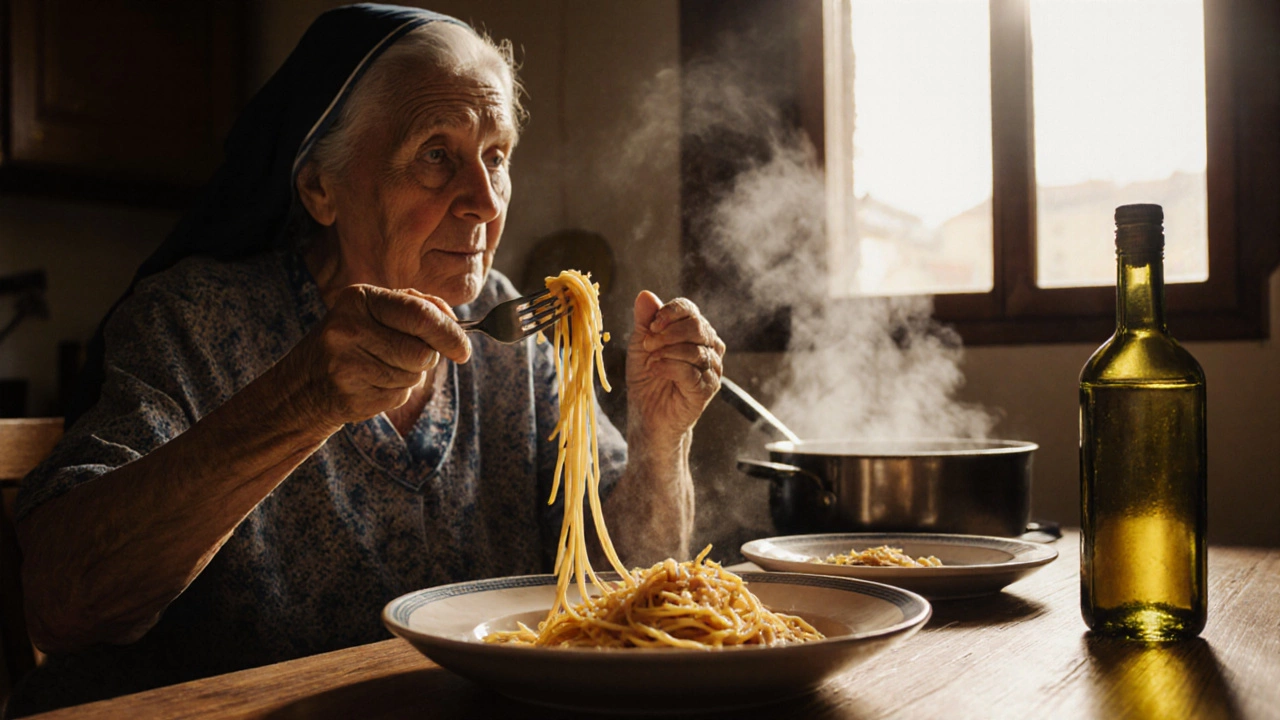Italian Pasta Tradition: Authentic Recipes, Ingredients, and Cultural Roots
When you think of Italian pasta tradition, the centuries-old practice of making pasta by hand using simple ingredients like flour, water, and eggs, passed down through generations in Italy. Also known as Italian pasta heritage, it’s not just about noodles—it’s about rhythm, region, and respect for ingredients that haven’t changed in hundreds of years. This isn’t the kind of pasta you get in a box. It’s the kind made in small kitchens in Emilia-Romagna, where flour is mixed with just egg and salt, then rolled thin by hand. Or the kind from Puglia, where durum wheat semolina meets water to form orecchiette shaped with a thumb. No machines. No shortcuts. Just skill, time, and memory.
What ties these traditions together? A few core things: mascarpone, a rich, creamy cheese from Lombardy, often used in desserts like tiramisu but never in traditional pasta sauces. You won’t find it in a Bolognese. You won’t see it in a carbonara. That’s because Italian pasta tradition separates savory from sweet—and knows exactly what belongs where. Then there’s Italian cuisine, a system of regional cooking where every town has its own pasta shape, sauce, and rule. In Naples, tomatoes are cooked slow with garlic and basil for ragù. In Sicily, they add raisins and pine nuts. In the north, butter and sage rule. These aren’t variations—they’re identities.
And here’s the truth most people miss: Italian pasta tradition doesn’t need fancy tools or imported ingredients. It needs good flour, clean water, and patience. That’s why a simple spaghetti aglio e olio—garlic, olive oil, chili, parsley—can be more authentic than a loaded dish with ten ingredients. It’s not about complexity. It’s about clarity. The posts below dig into this. You’ll find out why mascarpone isn’t a pasta cheese, how real Italian sauces are built, and what hidden ingredients in modern recipes ruin the tradition. You’ll learn what makes a pasta dish truly Italian—not by country of origin, but by method, timing, and respect for the ingredients. Whether you’re making fudge, macarons, or tiramisu, the same principle applies: get the basics right, and everything else follows. Below, you’ll find real stories, real recipes, and the facts behind what makes Italian pasta what it is.






